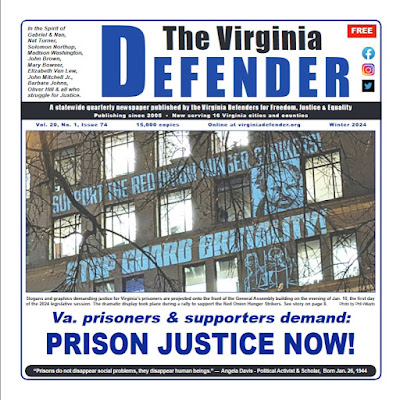As chair of the Sacred Ground Project, I was moved and grateful to have been invited to participate in the US-based listening session of Commission on the Ethical Treatment of Human Remains (TCETHR, pronounced "tether"), held Oct. 27-28, 2023 at Howard University in Washington, D.C.
Established by the American Association of Archaeologists in 2021, TCETHR is an organizational response to "an urgent call across the field of anthropology for institutional and professional accountability related to human remains in research collections, with special attention to standards and guidelines concerning the respectful care for graves, grave goods, and for osteological remains and genetic material of deceased African Americans and Native Americans that are housed in research collections at museums and academic institutions."
Co-chaired by Dr. Michael Blakey (Dir., Institute for Historical Biology, wm.edu) and Deborah Thomas (UPenn.edu) and peopled by anthropologists from across the Native and African American continental spectrum, TCETHR initiated a series of listening sessions to hear from regional groups actively engaged in addressing or confronting the historical and legal challenges associated with rightful claims to illegally acquired and archived human "material" and adjacent threats. So far, listening sessions have been held in Japan, South Africa, Canada, and the US. One is planned for Brazil. This global approach is critical to understanding the breadth of cultural values and practices related to our human rituals surrounding death and burial.
In Richmond, we have multiple cemetery recovery, repair and preservation projects underway. Each has distinctive issues that affect the goals of proper management, descendant community definition, Black community authority, custody versus ownership, physical preservation, historical and biological research, and memorialization and education, and protection for immediate urban development and infrastructure threats--examples of which include the Shockoe Bottom African Burial Ground (2004) and successor Shockoe Hill African Burying Ground (2018), and East Marshall Street Well Project (2013), East End and Evergreen Cemeteries.
Native cultural resource advocates described how legal protections of the Native American Graves Protection and Repatriation Act of 1989 (NAGPRA) have helped efforts to identify, claim and repatriate thousands of remains of ancestors. Efforts that failed were also cautionary tales about the legislation's limitations. Among other discussants, Richmonder Brian Palmer (Descendants Council of Greather Richmond Virginia and Friends of East End and Evergreen Cemeteries) added the challenges of stewardship, decision-making, and sustainable funding for Richmond's emancipation-era Black cemetery reclamation projects, and what to do when a lack of authority and expertise prevents proper care of actual remains and burial sites.
The city of Richmond recently reported out to the community the current state of the city's first
Cultural Resource Management Plan. Historic preservation and public history regarding Black sites of historic and cultural siginificance across the country have gained attention and funding as well as supporting scholarship in recent years. Local efforts bolster these national strategies and encourage passage of legal means to support ethical approaches to addressing long neglected or dismissed priorities of Black and other minoritized communities.
to enhance the City’s existing policies, ordinances, and programs; design practical strategies and achievable goals; and, acknowledge the role historic preservation currently plays and will continue to play in shaping the city’s urban form and character.
The Sacred Ground Project endorses this work and looks forward to TCETHR's publication of two reports in 2024--sets of recommendations that will guide anthropologists, museums, universities and municipalities to their most ethical practices in the full spectrum of care, responsibility and respect for human remains and the communities they actually belong to.
